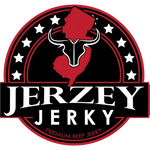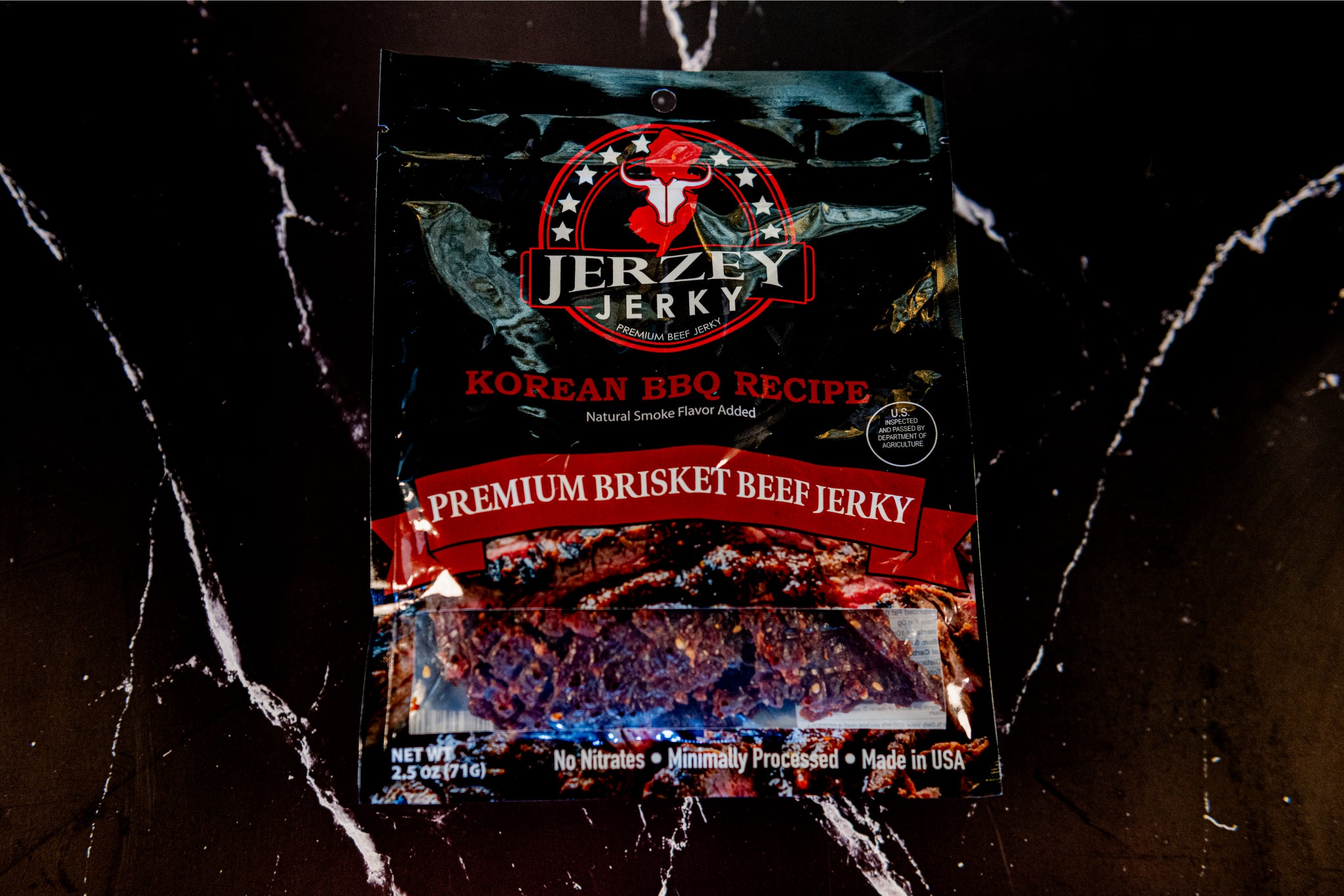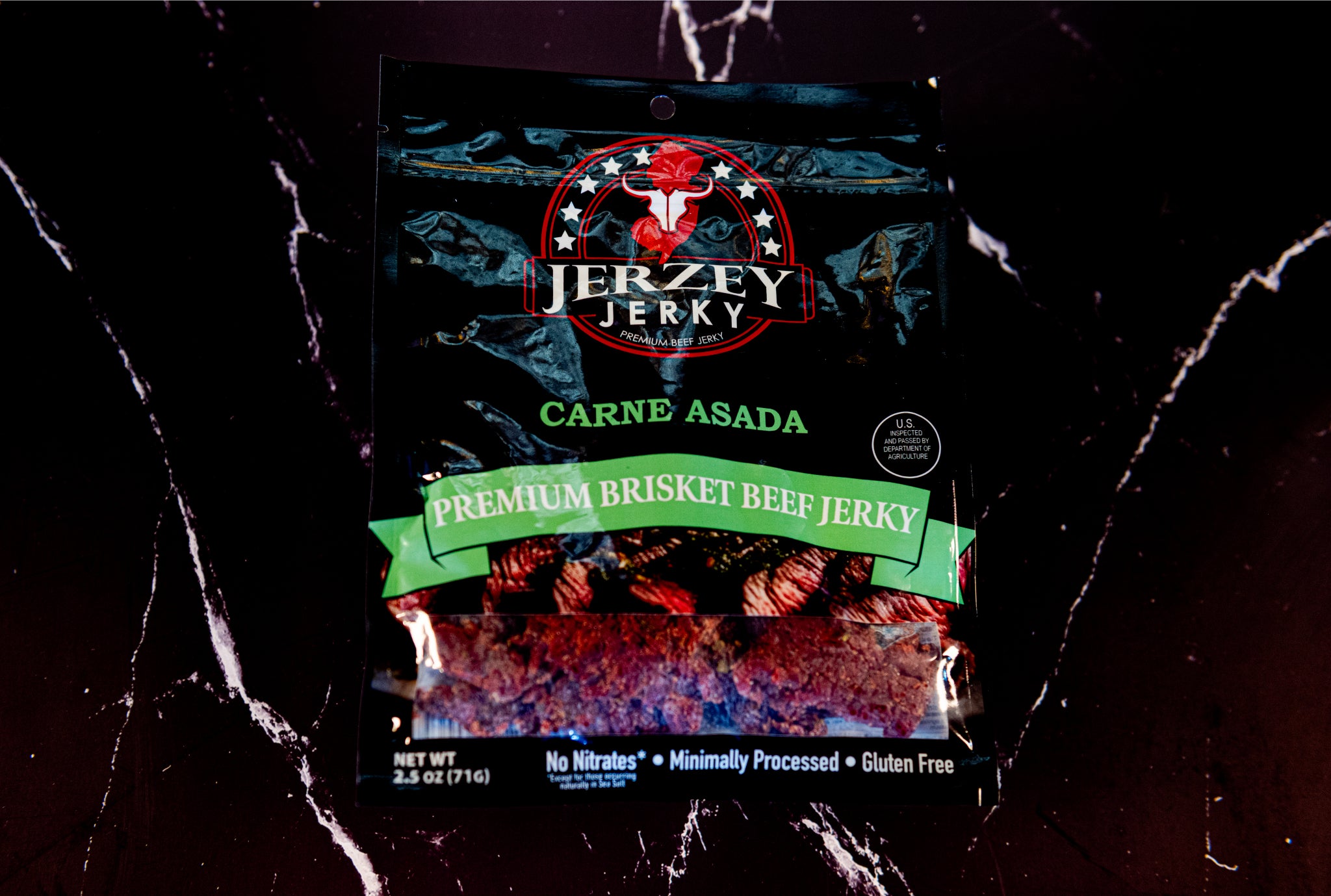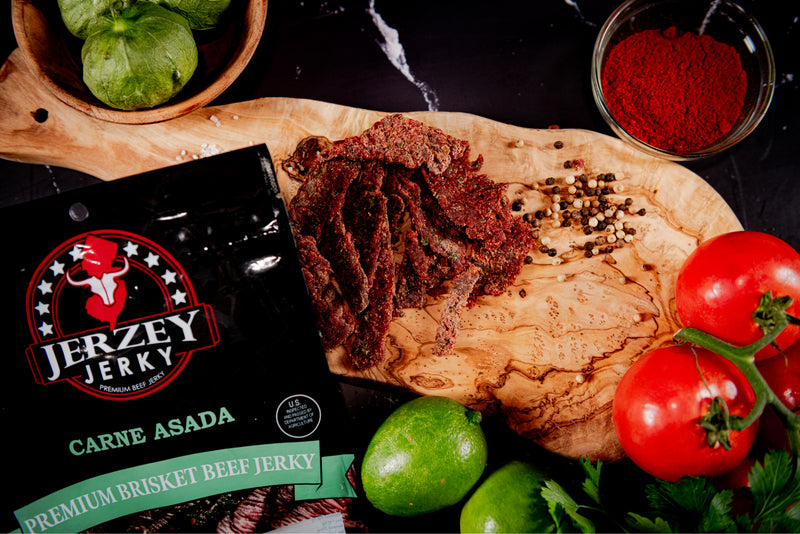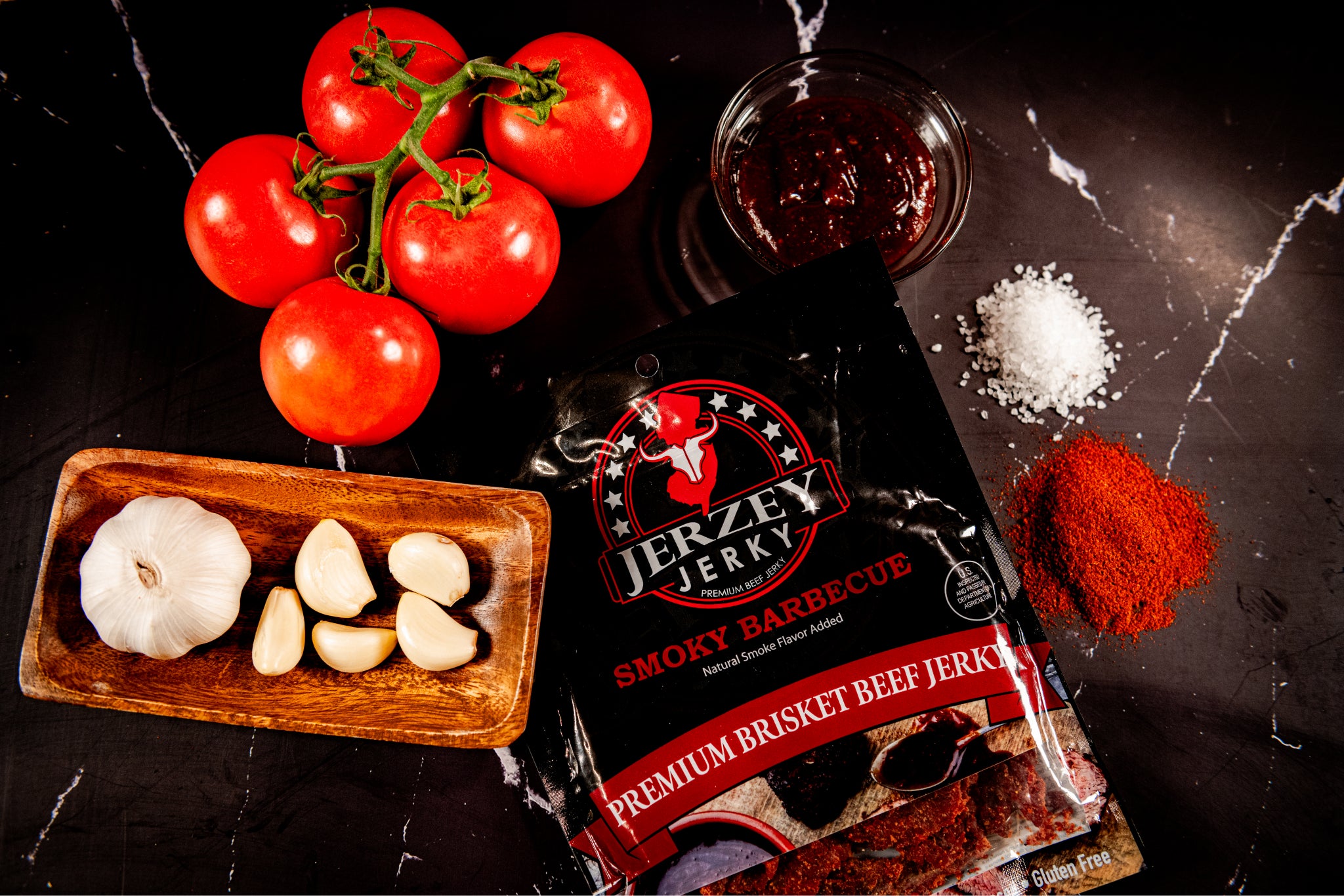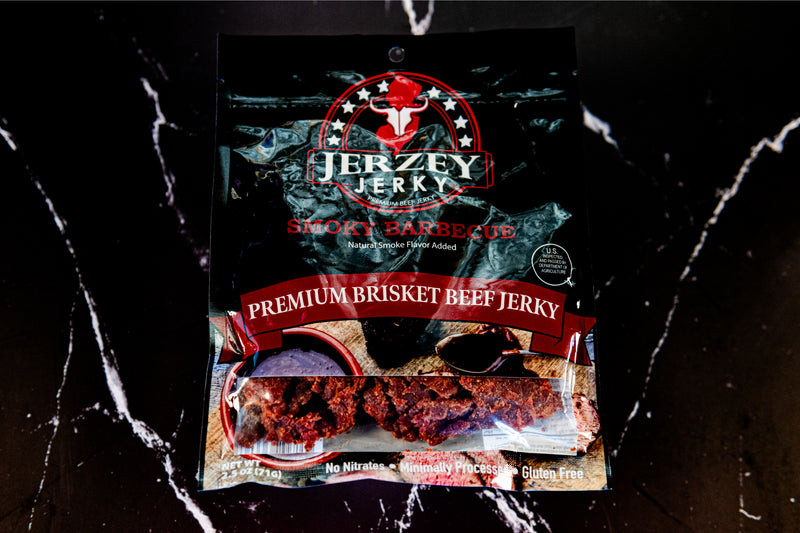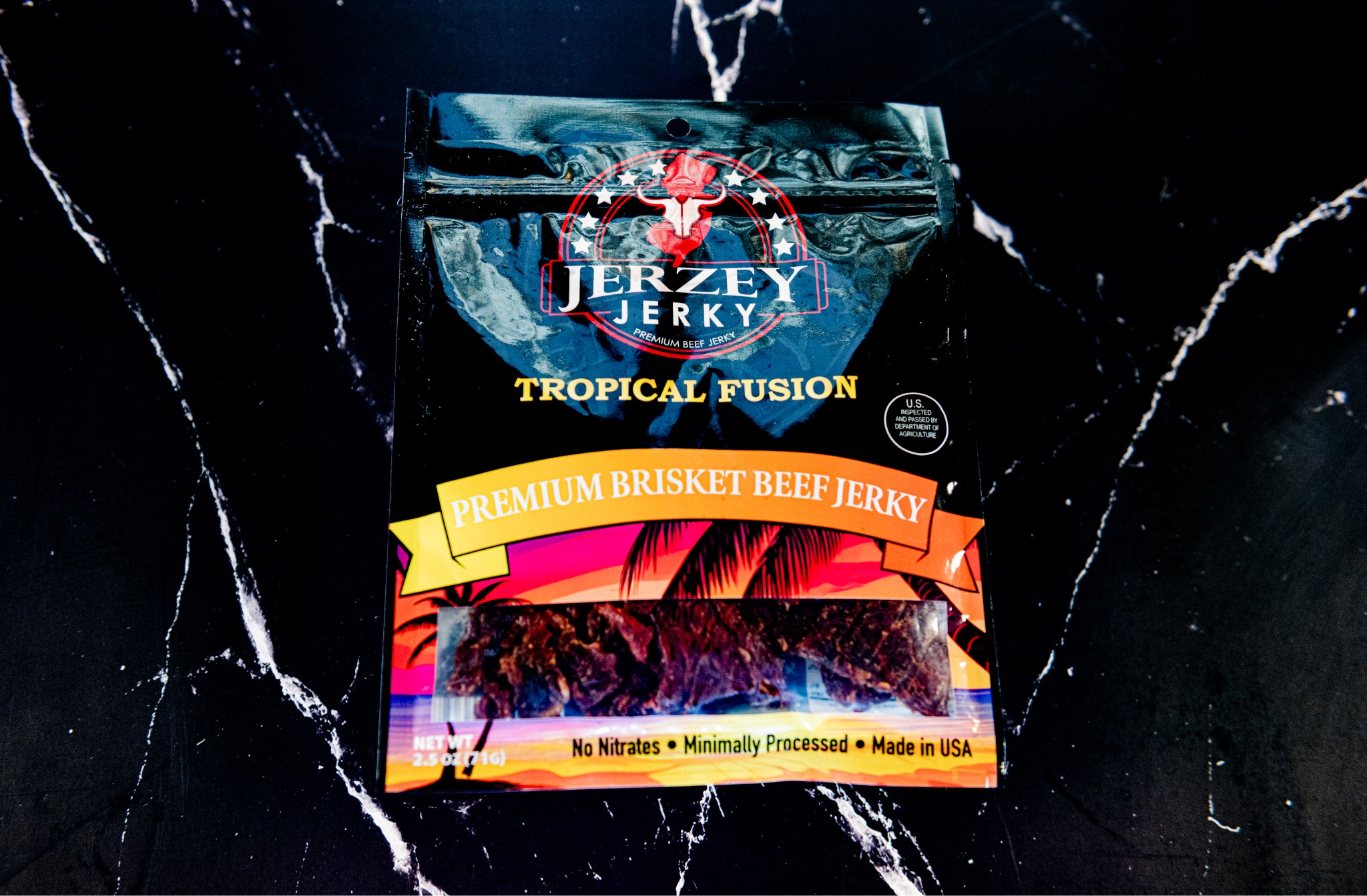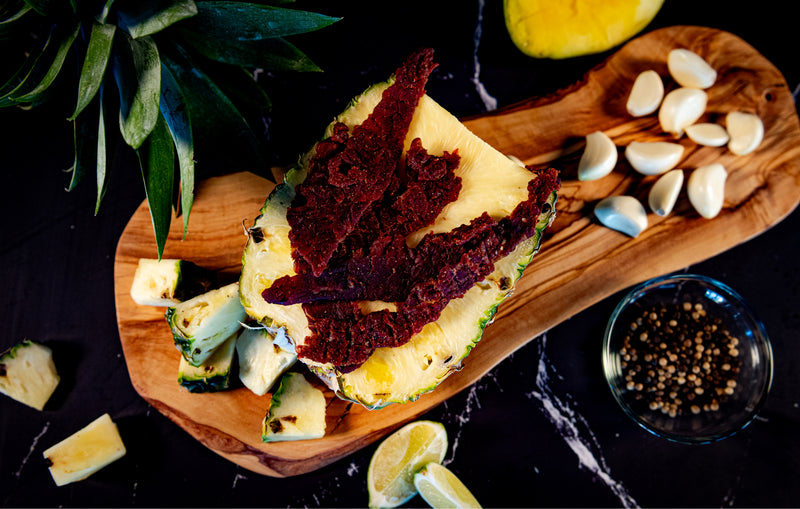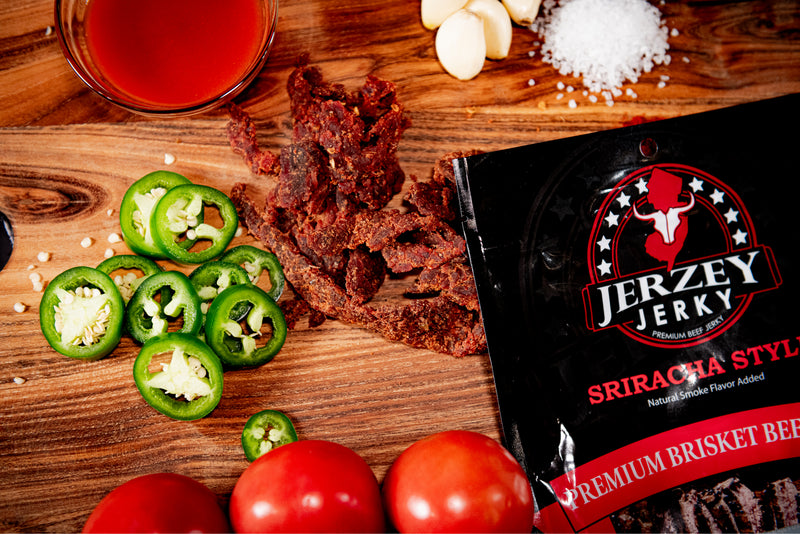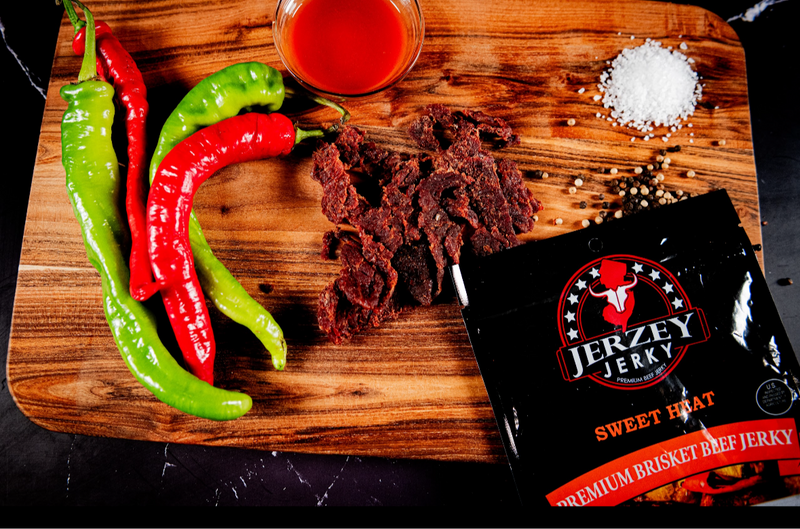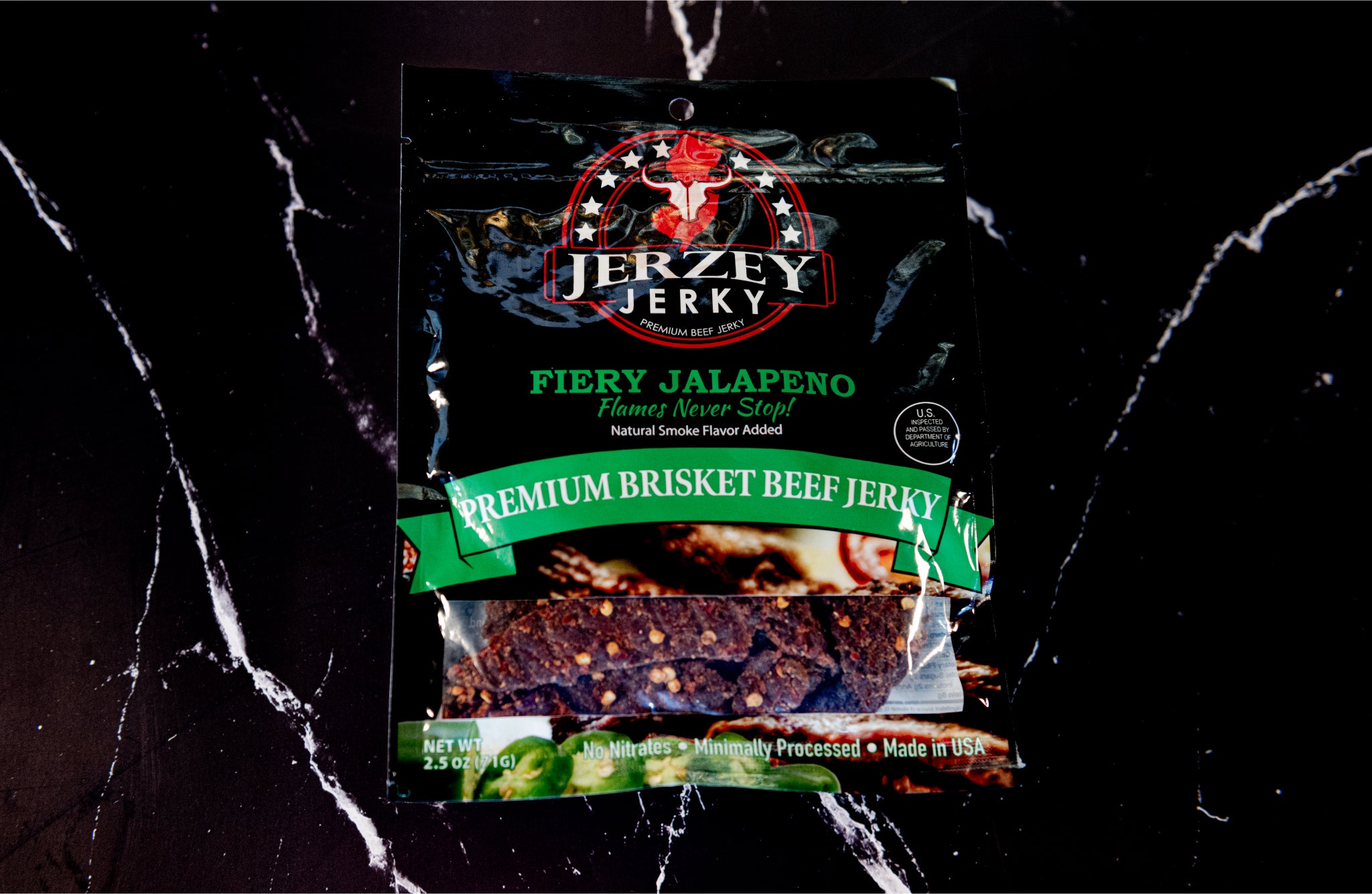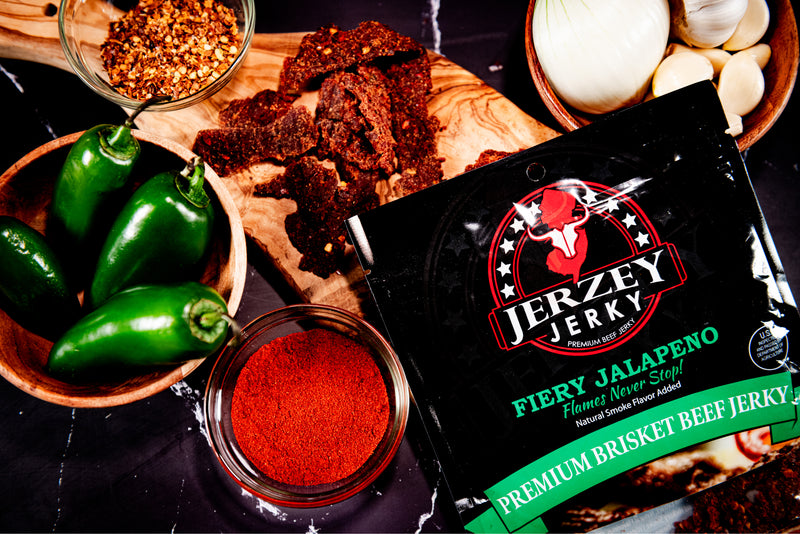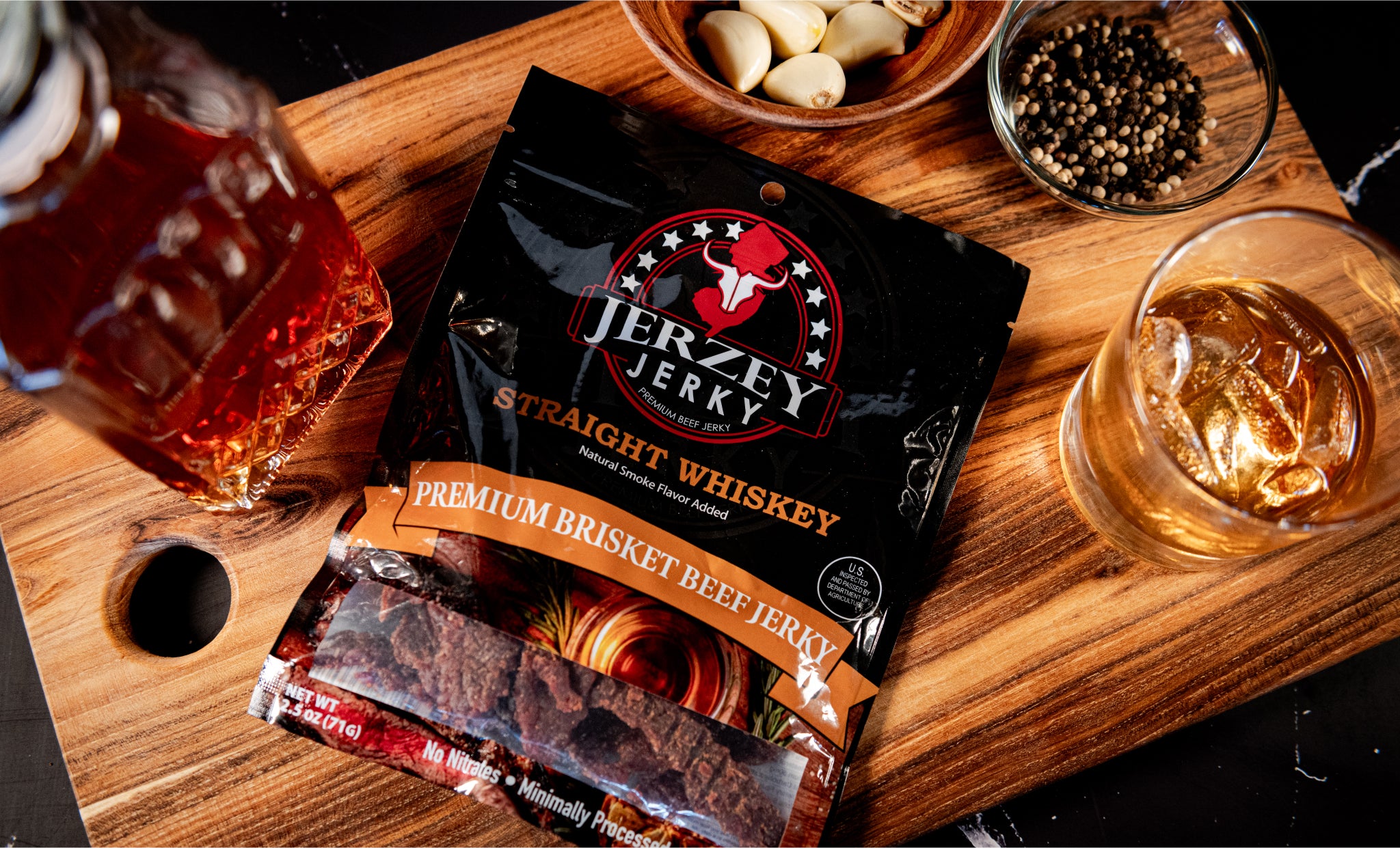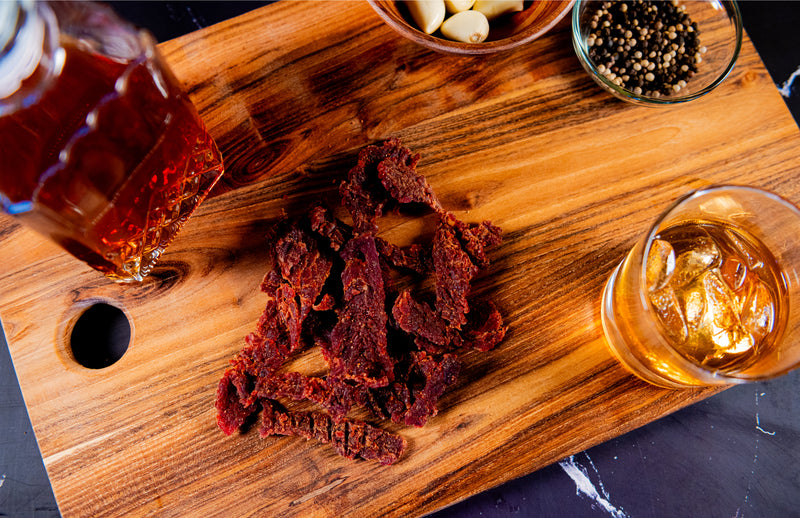
Belgian Blue Beef: Characteristics, Uniqueness, and How to Identify
The Belgian Blue cattle were developed in the northern and central parts of Belgium. During the 19th century, the local Friesian cows were crossed using British Shorthorn bulls. They also paid great attention to animals which demonstrated the fast progress and intense muscling, developing these characteristics during generations.
The breed became prominent in the 1950s, led by Professor Hanset at the Artificial Insemination Centre in Liège. He discovered an early mutation that curbed the production of myostatin, a protein that normally inhibits the growth of muscle. This genetic mutation created the unique double-muscled use of the breed.
A 1997 Belgian study reported in the University of Liège established that myostatin deleted 11 base pairs of the Belgian Blues gene. The mutation results in 20 percent more muscle fibers per unit, making the breed preferable in the production of high-volume lean beef.
What Are the Key Characteristics of Belgian Blue Cattle?
Here are the three key characteristics of Belgian Blue cattle:
- Distinct Muscular Build: Belgian Blue cows experience unusually strong muscle deformation as a result of a spontaneous mutation of the myostatin gene. This genetic alteration results in the multiplication of muscle fibers, which in turn increases the overall muscle weight by 2030% which boosts the productivity as well as meat quality.
- Coat Colors: This breed is widely seen in three variations of the coat: white, blue-roan (a blend of blue-grey colors), and black. These color patterns can be traced to their Shorthorn ancestry, where the blue roan is due to the heterozygous expression of genes. Belgium has fewer black coats.
- Large Frame: Belgian Blue bulls reach a weight ranging between 1,100 and 1,250 kg and a height of 145 to 150 cm. Cows weigh between 700 and 900kg with a height of 132-140cm. Their broad frames are good beef producers.
Shop the best-selling Fiery Jalapeno Beef Jerky - Brisket & Straight Whiskey Beef Jerky - Brisket
What Makes Belgian Blue Beef Unique?
Here are the three unique qualities that make Belgian Blue beef stand out:
- High Lean Meat Yield: Belgian Blue beef yields up to 80 percent of the carcass as lean saleable meat. This number compares to the average beef breeds by 20 percent higher as a result of a genetic characteristic of the species in which the muscles grow in pairs, as well as selective breeding of muscles.
- Low Fat & Marbling: The beef contains incredibly low amounts of intramuscular fat, approximately 2-3 percent, which is a fraction of the amount of fat used in most other forms of beef. This makes the meat leaner and firm almost similar to the low-fat food diet.
- Fine-Grain Texture: Due to a higher fiber number, the muscle fibres of Belgian Blue beef are tightly packed. This results in a smooth and fine texture which improves tenderness even though the meat is lean and firm.
How Is Belgian Blue Beef Used in Cooking?
Here are the three common ways Belgian Blue beef is used in cooking:
- Popular Cuts: Belgian Blue beef provides such cuts as filet, top sirloin, striploin, round, and ground beef. They are lean and tender, thereby being suitable to grill, roast, and use in daily meals; thus they are versatile in various dishes.
- Best Cooking Methods: Belgian Blue cuts can also enjoy grilling, broiling or pan-searing to retain the moist and delicious flavor. The tougher cuts are enhanced by marinating or slow braising, which tenderizes the meat without ruining the lean character.
- Cooking Tips: Basting or marinating makes Belgian Blue beef moist and tender when cooked. The firm texture is balanced with acidic or fatty components and enhances any natural flavors, leaving meat juicy and succulent.
Why Do Farmers and Chefs Value Belgian Blue?
Belgian Blue is a popular animal type among farmers because of its good meat-to-bone ratio (70-80 percent) that enhances the volume of edible meat per animal. The breed is more efficient with feed, too, needing to eat less to pack on pounds compared to other cattle.
The Belgian Blue calves are robust and can grow fast. Their faster growth rate to slaughter weight reduces the period of raising animals. Chefs like this beef because it's a lean choice, ideal for recipes that call for low-fat, healthy meat.
Belgian Blue beef produces a reliable size and tenderness under cooking. This consistency aids in chefs getting predictable outcomes, which is why this is common in restaurants and professional kitchens.
How to Identify Real Belgian Blue Beef?
Here are the six key ways to identify real Belgian Blue beef:
- Certification Programs: Look at EU-certified brands like Certified Belgium Blue Beef. The certification ensures that the meat is of Belgian Blue cattle by offering strict regulations and that the cattle were raised in controlled premises.
- Visual Signs: Belgian Blue beef is very lean and well-marbled. It has a lean and hard texture due to the double-muscle gene available in the breed, which makes it distinctively different to look at in comparison to beef which contains more fat.
- Trusted Sources: Purchase Belgian Blue beef as Belgian breeders or exporters only. These quality sellers ensure the genuineness of meat and appropriate use of traceability that minimizes the risk of purchase of counterfeit or misidentified products.
- Butcher Verification: Ask your butcher to provide you with the traceability information, including the breed of origin, the farm name, and processing information. Certified butchers can attest to the authenticity of the beef, allowing the buyers to make informed decisions.
- Packaging Labels: Check the labeling of the packaging to see if there is a breed-specific mark, a Belgian origin label or official approval markings. Clear and proper labeling assists in determining the actual Belgian Blue beef as well as differentiating it from related products.
- Size of Meat Cuts: The Belgian Blue has a genetic trait of the double muscle hence making the cuts bigger and similar in size. This uniformity in the size of the portion aids in recognizing the authentic Belgian Blue meat.
Are There Any Limitations to Belgian Blue?
The Belgian Blue beef has less marbling than other breeds like Wagyu hence less fat in the muscle. This renders it inferior in the opinion of those who love beef rich, buttery, because the bland meat has a diverse flavor and chew.
Some Belgian Blue cuts require special handling to prevent them from drying. The low fat rate implies that they could go tough when overcooked. Techniques such as marinating or cooking for less time prevent the meat from drying out.
The double-muscle characteristic of the breed causes recurring birthing difficulties. Cows tend to need a cesarean due to the larger size of the calves thus making veterinary involvement higher and more costly to the farmer.
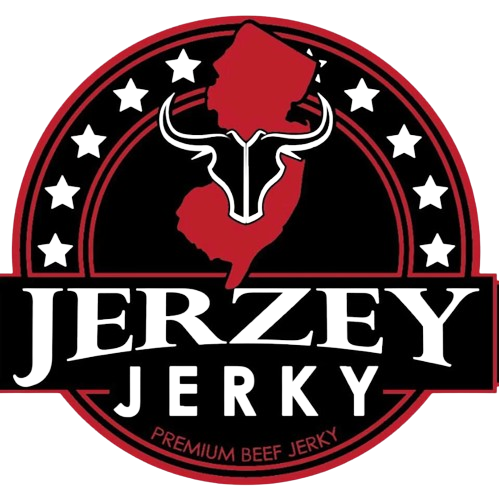
 2025-08-06
2025-08-06
 Wayne Holland
Wayne Holland

